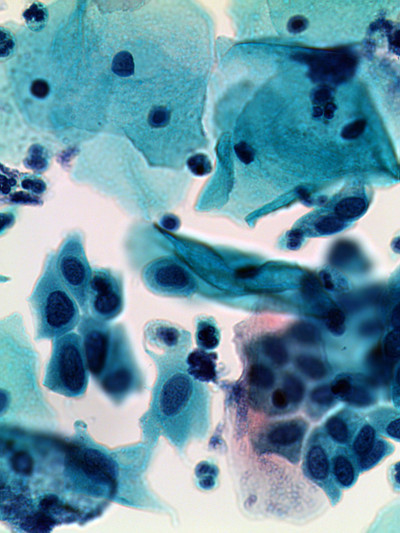Laboratory Services
Riboflavin (Vitamin B2), P
Print this pageUpdated Test Information:
| Test Description |
Riboflavin (Vitamin B2), P
|
|
|---|---|---|
| Synonym(s) |
Riboflavin, Vitamin B2 |
|
| Test ID |
VITB2
|
|
| Performing Lab |
Labcorp |
|
| General Information |
Useful for evaluation of individuals who present the signs of ariboflavinosis |
|
| Container Type |
EDTA (lavender top) Whole Blood, preferred. Also acceptable are lithium heparin (green-top) whole blood and sodium heparin (light green top) whole blood. aluminum foil. Identify specimen with patient's name directly on the container AND the outside of the aluminum foil. Secure with tape.) For amber plastic transport tube and amber stopper, order LabCorp ID 23598. |
|
| Specimen Type |
Whole blood, FROZEN AND PROTECTED FROM LIGHT |
|
| Specimen Requirements |
2mL |
|
| Specimen Collection / Processing Instructions |
Centrifuge within 2 hours of collection and aliquot plasma into amber vial. |
|
| Minimum Sample Volume |
0.5 mL |
|
| Required Information |
Patient Preparation: Fasting-overnight (12-14 hours) (infants-collect specimen prior to next feeding) |
|
| Stability | ||
| Unacceptable Specimen Conditions |
Gross hemolysis, Gross lipemia |
|
| Methodology |
Liquid Chromatography-Tandem Mass Spectrometry (LC-MS/MS) Portions of this test are covered by patents held by Quest Diagnostics |
|
| Estimated TAT |
3-6 Days |
|
| Testing Schedule |
Monday, Wednesday, Friday |
|
| Retention |
14 Days |
|
| CPT Code(s) |
84252 |
|
| Reference Range |
1-19 mcg/L |
|
| STAT Orderable (Y/N) |
No |
|
| LOINC Code(s) |
Test Id Test Order Name Order LOINC Value
|
|
| Additional Information |
Low concentrations in the blood plasma are indicative of nutritional deficiency. Concentrations below 1 mcg/L are considered significantly diminished. Marginally low levels probably represent nutritional deficiency that should be corrected. Testing of nonfasting specimens or the use of dietary vitamin B2 supplementation can result in elevated plasma vitamin B2 concentrations. |
